Unless your background is in ac power, it’s possible you haven’t run into the term triplen harmonic. Triplen harmonics have to do with the third harmonic. Even-numbered harmonics do not normally exist in power systems due to symmetry between the positive and negative halves of the ac cycle. It is the odd-numbered harmonics that engineers worry about. And harmonics diminish in amplitude as their number increases, i.e. they are farther away in frequency from the fundamental, which is known as the first harmonic. Consequently, it is the triplen that causes the most problems in power systems.
Non-linear loads generate harmonics. Basically, a non-linear load is a load with current consuming qualities that do not follow (mimic) the same fundamental shape as the applied voltage waveform. An example of a non-linear load is a rectifier with a capacitor filter at the input. In this configuration, the rectifier diode allows current to pass only while the applied voltage exceeds the voltage that is stored in the capacitor. Other non-linear loads include the ubiquitous switching power supplies.

Non-linear load currents produce distortion in the otherwise pure sine waves coming out of the utility. The result is increased amplitude due to resonance. Power in a three-phase ac power system is supplied by three-phase circuits in either delta or Y configuration. When depicted in a circular format, the phases are evenly-spaced throughout the cycle, 120° apart. The advantages in this arrangement are:
Three-phase generators, motors and transformers are simpler to build and operate than single phase devices due to constant torque. Rotating parts are subject to more evenly-balanced pulses, making for less bearing wear and stress on the coil supports. If the phase loads are balanced, they sum to zero, and the size of the neutral conductors can be reduced or in some applications they can be omitted.
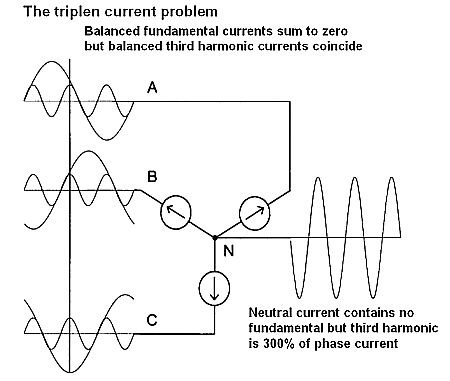
But the balanced third harmonic (triplen) current will not add to zero in the neutral. And it will add constructively across the three phases. This causes a neutral current at three times the fundamental frequency, which can cause the neutral to overheat if it is sized only for normal operation. Third-order harmonics can be attenuated by introducing delta connections because the current circulates in the delta circuit instead of flowing in the neutral of a Y-delta transformer.
Total harmonic distortion (THD) is the sum of all harmonic distortion present in an electrical system. There is also a related parameter called total harmonic distortion plus noise. (Noise is not a harmonic but causes related problems and can be mitigated by some of the same measures). THD is more precisely defined as the ratio of the sum of the powers of all harmonic components to the power of the fundamental frequency. Lower THD equates to less heating, lower peak currents, reduced electromagnetic emissions and less core loss in motors. In audio systems, THD can be specified in percentage or in dB relative to the fundamental.
In relation to a sine wave, waveform distortion can be measured using a THD analyzer. This instrument determines the THD of an amplifier by means of a pure sine wave input. At the output, noise plus imperfectly filtered output of the fundamental is measured. Of course, a spectrum analyzer is another route to doing the same thing. Dominant frequency, distortion, harmonics and bandwidth can be more accurately determined than by using a time-domain instrument.
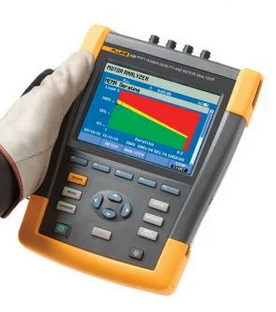
Fluke offers a superb instrument that measures and displays utility power parameters. The Fluke 438-II Power Quality and Motor Analyzer sells for around $10,000. (A separate instrument, the Fluke 434 Series II Energy Analyzer, which does not do motor diagnostics, can be had for around $5,000). The Fluke 1770 Series Three-Phase Power Quality Analyzer automatically measures power quality parameters without halting production. The 1777 model will gauge energy savings and test loads, conduct harmonic surveys, evaluate the quality of electric utility power, and help discover equipment failures caused by 8 kV microsecond and nanosecond transients. The instrument is capable of transferring data to a PC using USB C, USB A, Ethernet, Wi-Fi or a cellular network. It has an internal GPS module and optional double-insulated cable for amplifying GPS signals indoors to synch data for accurate troubleshooting and diagnostics.
Increased current in a power system is a characteristic, though not a definitive effect, of all harmonics. Of these, triplen harmonics cause the greatest increase in zero-sequence current in the neutral conductor. Besides causing higher line current, harmonics can lead to serious dysfunction and damage to electrical equipment.
Electric motors exhibit losses due to hysteresis and eddy currents set up in the iron core. These losses are proportional to the frequency and amplitude of the harmonics. Because the harmonics are at higher frequencies, core losses are severe. Motor life is invariably impacted.
Fortunately, there are highly effective mitigation techniques for higher order harmonics. Here are some examples.
Smooth the power flow by introducing ac line reactors and chokes: They reduce the amplitude of harmonics at the input of vulnerable electrical equipment by shrinking peaks caused by variable frequency drive inverters. Additionally, these devices increase the lifetime of connected VFDs.
For larger motor drives above 400 kW, the 12-pulse arrangement is effective. (As a quick review, a three-phase, full-wave rectifier is a six-pulse device. The “pulses” refer to the actions of the two rectifiers in each of three electrical phases. The phase angle between successive secondary voltages is 120°. In a 12-pulse converter, a phase-shifting transformer converts the three-phase input to six-phase voltages, which when rectified, produce 12 ripples in the dc output voltage.) A 30° phase-shift transformer is used. The standard output supplies one set of VFDs while the 30° output feeds a second set of VFDs. A six-pulse converter bridge is connected to each of the outputs, cancelling out harmonics. For greater mitigation if required, 18- and 24-pulse configurations should be considered.
Another approach: simple filtering. Inductors and capacitors can create a resonant circuit tuned to the harmonic to be eliminated. Active filters can be built to generate a reverse-phase harmonic spectrum, which can be added to the VFD current so the two harmonic series cancel one another.
Inspecting waveforms using an oscilloscope is a cost-effective way to find and mitigate harmonics. They have a way of emerging when not expected and causing costly damage. They may be barely noticeable, but integrated over time the equipment damage can be substantial. Also, consider by way of mitigation, the cost of some of the alternate methods. A simple solution like inserting a couple devices to make up a resonant circuit is sometimes all that is needed.

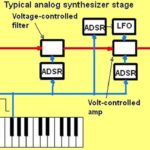
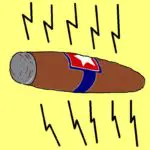

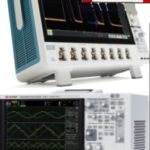

Leave a Reply
You must be logged in to post a comment.